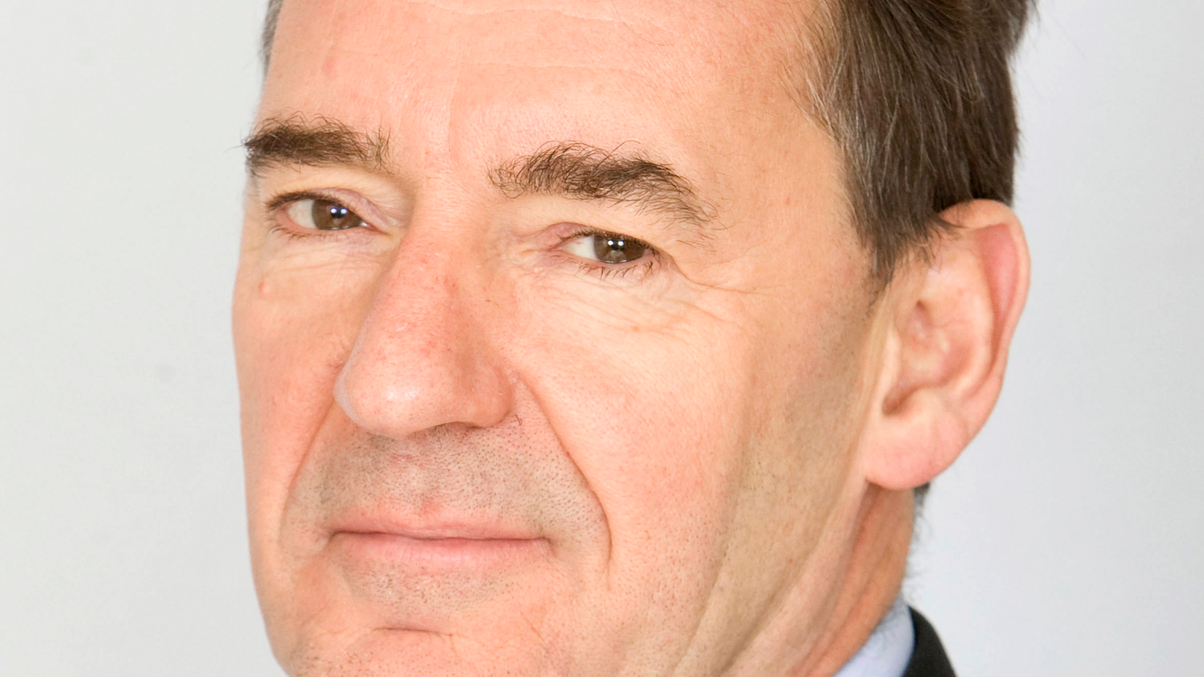EM debt can go mainstream, says Jim O’Neill
The chairman of Goldman Sachs Asset Management and creator of the Bric theme, Jim O’Neill, discusses changing investors' mindset regarding safe-haven assets and accessing emerging markets.

Jim O’Neill is best known for creating the idea of the Brics – that Brazil, Russia, India and China will overtake the US and Western Europe in leading world economic growth, thanks to population size, productivity and urbanisation. He penned that as chief economist at Goldman Sachs in 2000. In 2009 he was named chairman of Goldman Sachs Asset Management.
Sign in to read on!
Registered users get 2 free articles in 30 days.
Subscribers have full unlimited access to AsianInvestor
Not signed up? New users get 2 free articles per month, plus a 7-day unlimited free trial.
¬ Haymarket Media Limited. All rights reserved.


